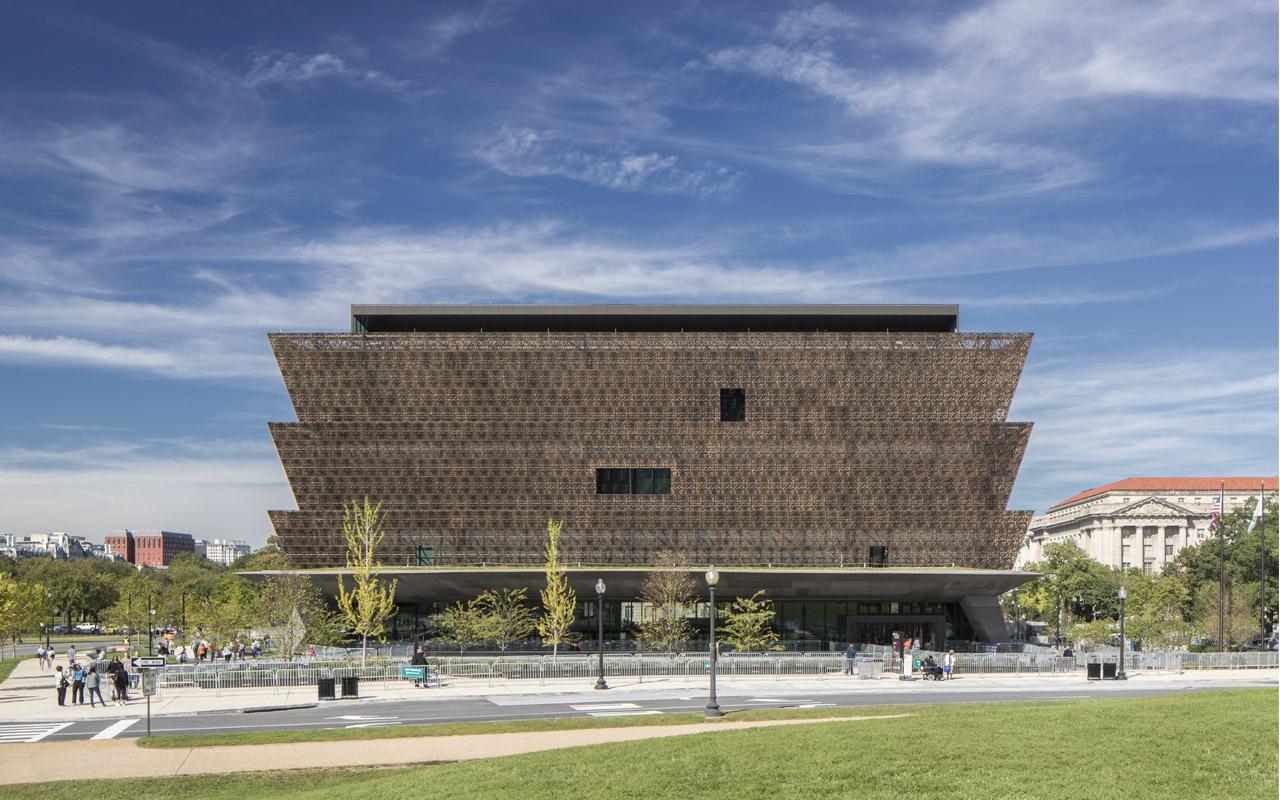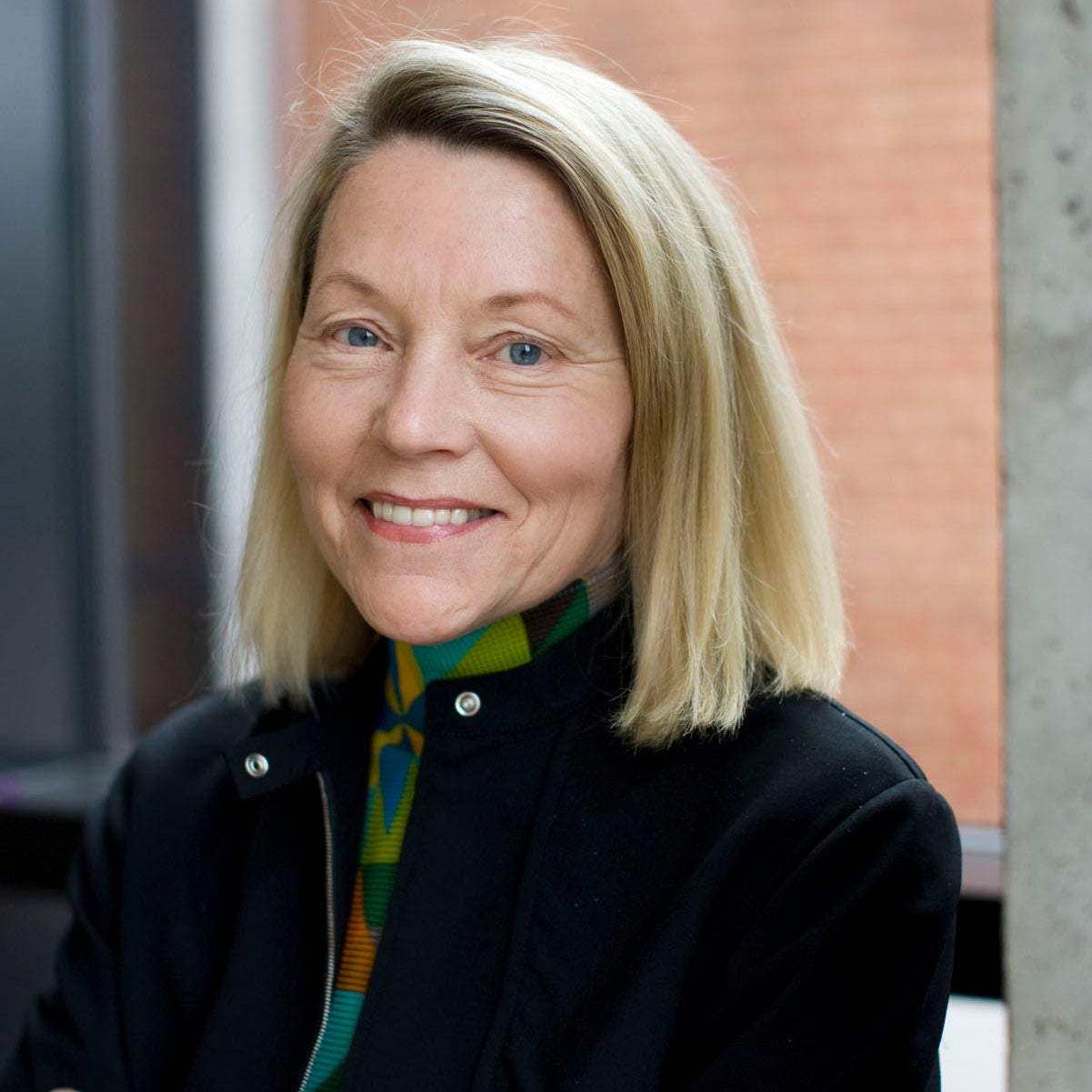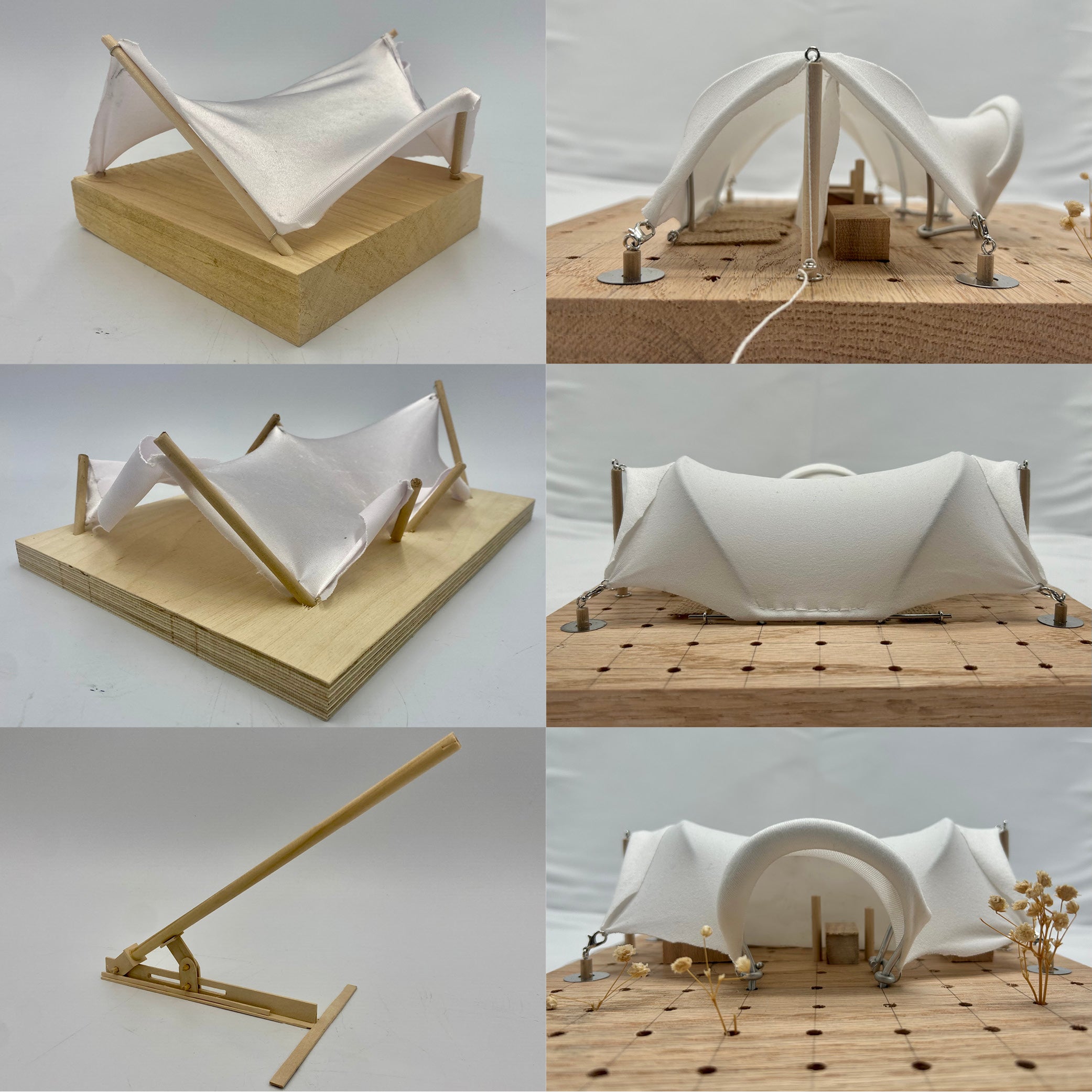
Sir David Adjaye 2018 Thomas Jefferson Foundation Medalist in Architecture

Sir David Adjaye OBE, the lead designer behind the National Museum of African American History and Culture, is the 2018 recipient of the Thomas Jefferson Foundation Medal in Architecture.
“Thomas Jefferson was an essential architect of American life. A philosopher, revolutionary, president, scientist, diplomat, educator, farmer and epicure, Jefferson shaped the new nation,” Leslie Greene Bowman, president and CEO of the Thomas Jefferson Foundation, said. “We are honored to welcome the 2018 Thomas Jefferson Foundation Medal recipients, each of whom, like Jefferson, has made a profound impact on our world and will inspire future generations of leaders.”
Adjaye joins a distinguished list of past recipients of the Thomas Jefferson Foundation Medal in Architecture including architects Ludwig Mies van der Rohe, I.M. Pei, Frank Gehry, Toyo Ito and Cecil Balmond (see full list below).
Adjaye is recognized as a leading architect of his generation. Born in Tanzania to Ghanaian parents, his influences range from contemporary art, music and science to African art forms and the civic life of cities.
In 1994, he set up his first office, where his ingenious use of materials and his sculptural ability established him as an architect with an artist’s sensibility and vision. He reformed his studio as Adjaye Associates in 2000. The firm now has offices in London, New York and Accra, Ghana, with projects in the U.S., U.K., Europe, Africa, Asia and the Middle East.
His largest project to date, the $540 million Smithsonian Institution National Museum of African American History and Culture, opened on the National Mall in Washington, D.C. in fall of 2016; its debut was named Cultural Event of the Year by the New York Times. The museum was a collaboration between lead designer, Adjaye, lead architect Philip Freelon and project team, Freelon Adjaye Bond/SmithGroup).

“Named among TIME’s 100 most influential people in the world and knighted by the Queen for his contributions to architecture, Sir David Adjaye is one of the most prominent and truly creative designers of his generation,” School of Architecture Dean Ila Berman said. “As the lead designer for the award-winning Smithsonian Institution National Museum of African American History and Culture located on the Mall in Washington D.C., he has enabled architecture, through its strong symbolic and physical presence, to embody and give a voice to histories that have remained buried for many years since the founding of this nation. Monolithic and monumental, yet as ephemeral as a materialized shadow, this work is an astounding and sublime jewel – a long-awaited treasure for the nation as a whole.”
Other prominent completed work includes the Idea Stores in London (2005), which were credited with pioneering a new approach to library services; the Moscow School of Management SKOLKOVO (2010); the Sugar Hill mixed-use social housing scheme in Harlem, New York (2015); and the Aishti Foundation retail and art complex in Beirut (2015). Prominent ongoing projects include a new home for the Studio Museum in Harlem, New York; a new headquarters building for the International Finance Corporation in Dakar, Senegal; and the just-announced National Holocaust Memorial and Learning Centre in London.
In 2017, Adjaye was knighted by Britain’s Queen Elizabeth II for services to architecture, following his 2007 award of admittance to the Order of the British Empire. Also in 2017, he was recognized as one of the 100 most influential people of the year by TIME magazine. He has additionally received the Design Miami/Artist of the Year title in 2011, the Wall Street Journal Innovator Award in 2013 and the 2016 Panerai London Design Medal from the London Design Festival.
Adjaye is known for his frequent collaborations with contemporary artists on installations and exhibitions. Most notably, he designed the 56th Venice Art Biennale with curator Okwui Enwezor in 2015. “The Upper Room,” featuring 13 paintings by Chris Ofili (2002), is now part of the permanent collection of Tate Britain. Further examples include “Within Reach,” a second installation with Ofili in the British pavilion at the Venice Biennale (2003); and the Thyssen-Bornemisza Art for the 21st Century Pavilion that was designed to show “Your Black Horizon,” a projection work by Olafur Eliasson, at the 2005 Venice Biennale.
The material from his 10-year study of the capital cities of Africa was exhibited as “Urban Africa” at London’s Design Museum (2010) and published as “Adjaye Africa Architecture” (Thames & Hudson, 2011). He was the artistic director of “GEO-graphics: A Map of Art Practices in Africa, Past and Present,” a major exhibition at the Centre for Fine Arts, Brussels (2010). In 2015, a comprehensive retrospective exhibition of his work to date launched at Haus der Kunst in Munich and the Art Institute of Chicago, and was subsequently shown at the Garage Museum of Contemporary Art in Moscow.
Adjaye has held distinguished professorships at Harvard, Princeton and Yale universities. He has also taught at the Royal College of Art, where he had previously studied, and at the Architectural Association School in London.
On the anniversary of Thomas Jefferson’s birthday, April 13 (known locally as Founder’s Day), the University of Virginia and the Thomas Jefferson Foundation at Monticello join together to present the Thomas Jefferson Foundation Medals to recognize achievements of those who embrace endeavors in which Jefferson, the author of the Declaration of Independence and third U.S. president, excelled and held in high regard. These medals are the highest external honors bestowed by the University of Virginia, which grants no honorary degrees.
Press Release
THOMAS JEFFERSON FOUNDATION MEDALISTS IN ARCHITECTURE
1966 MIES VAN DER ROHE
1967 ALVAR AALTO
1968 MARCEL BREUER
1969 JOHN ELY BURCHARD
1970 KENZO TANGE
1971 JOSE LUIS SERT
1972 LEWIS MUMFORD
1973 JEAN LABATUT
1974 FREI OTTO
1975 SIR NIKOLAUS PEVSNER
1976 I.M. PEI
1977 ADA LOUISE HUXTABLE
1978 PHILIP JOHNSON
1979 LAWRENCE HALPRIN
1980 HUGH A. STUBBINS
1981 EDWARD LARRABEE BARNES
1982 VINCENT SCULLY
1983 ROBERT VENTURI
1984 H.H. THE AGA KHAN
1985 LEON KRIER
1986 JAMES STIRLING
1987 ROMALDO GIURGOLA
1988 DAN KILEY
1989 PAUL MELLON
1990 FUMIHIKO MAKI
1991 JOHN V. LINDSAY
1992 ALDO ROSSI
1993 ANDRES M. DUANY & ELIZABETH PLATER-ZYBERK
1994 FRANK O. GEHRY
1995 IAN L. MCHARG
1996 JANE JACOBS
1997 JAIME LERNER
1998 JAQUELIN T. ROBERTSON
1999 LORD RICHARD ROGERS
2000 DANIEL PATRICK MOYNIHAN
2001 GLENN MURCUTT
2002 JAMES TURRELL
2003 TOD WILLIAMS & BILLIE TSIEN
2004 PETER WALKER
2005 SHIGERU BAN
2006 PETER ZUMTHOR
2007 ZAHA HADID
2008 GRO HARLEM BRUNDTLAND
2009 ROBERT IRWIN
2010 EDWARD O. WILSON
2011 MAYA LIN
2012 RAFAEL MONEO
2013 LAURIE OLIN
2014 TOYO ITO
2015 HERMAN HERTZBERGER
2016 CECIL BALMOND
2017 YVONNE FARRELL & SHELLEY MCNAMARA
2018 SIR DAVID ADJAYE
MEDIA CONTACT:
University of Virginia School of Architecture, Sneha Patel, snehapatel@virginia.edu


